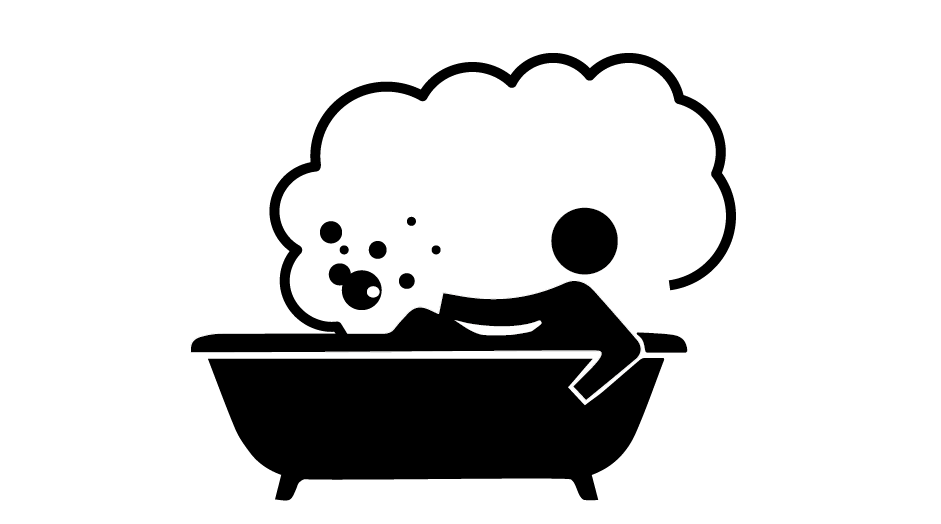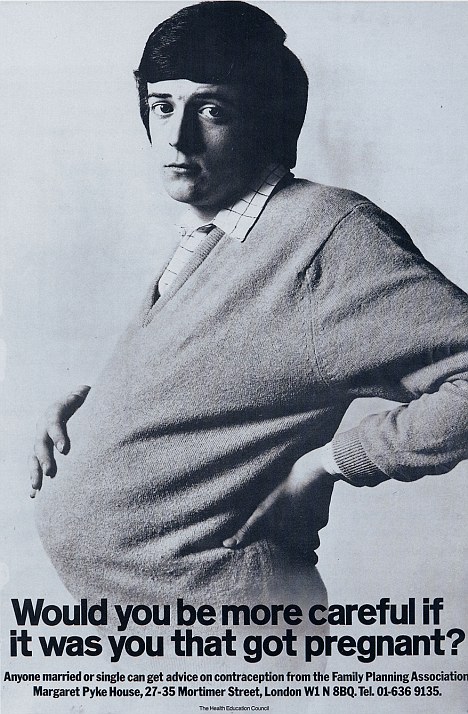
Is creativity something that you’re born with or is it a skill that can be nurtured?
The premise of this course, created originally for Mackinsey’s in Switzerland is that creativity is a trainable skill.
And it’s a skill that you can practice and nurture. The course develops a toolkit by reverse engineering creative things like great ads and some scientific theories, and seeing how they use a relatively small number of simple processes that map onto each other.
It works through a mixture of structured conversation and workshop, and starts a conversation about what creativity might or might not be. This reveals a lot of attitudes that hold people back. In particular the notion that creativity is an effortless process. Or that you need to smoke or drink a lot to do it. Or that it’s just about pretty pictures and art. Etc.
Defining creativity is itself a creative act. What makes the theory of evolution creative? What makes a Dyson vacuum cleaner creative, for example? The course develops a definition we can work with. A perfect example of upside down thinking.
Next, we explore what is involved in thinking outside the box. The answer, which is inevitably a little zen, is that the more you try to think outside the box the more you force yourself inside it.
And that the true way to think outside it is to do the opposite. To stay inside the box until you get bored, and begin to ask the question, What’s so obvious about the situation or problem that you’ve stopped seeing that it’s there? In other words, find what your box looks like before you try and leave it.
Great creativity often has a lot of back to front, upside down thinking to it. And we stay on this notion for part 2 as we reverse engineer some interesting bits of creativity.
The assignment has people bring in the 10 things they consider to be most creative. We then reverse engineer these to understand the motor that makes them work.
We ask what are the seven or eight mental operations that get you from say “Don’t have sex with women or you’ll get them pregnant” to, in this example, Saatchi’s famous pregnant man ad? Thinking upside down is one of them, but what are the other processes? We look at the items people brought in to build our own toolkit that we can use later on.
Armed with our toolkit we try to create some posters, or new products, for ourselves.
In Part 3 we apply everything we’ve learned to tackle a problem for one of your clients. We interrogate a particular client need and use everything we’ve learned to come up with some original problem solving.
